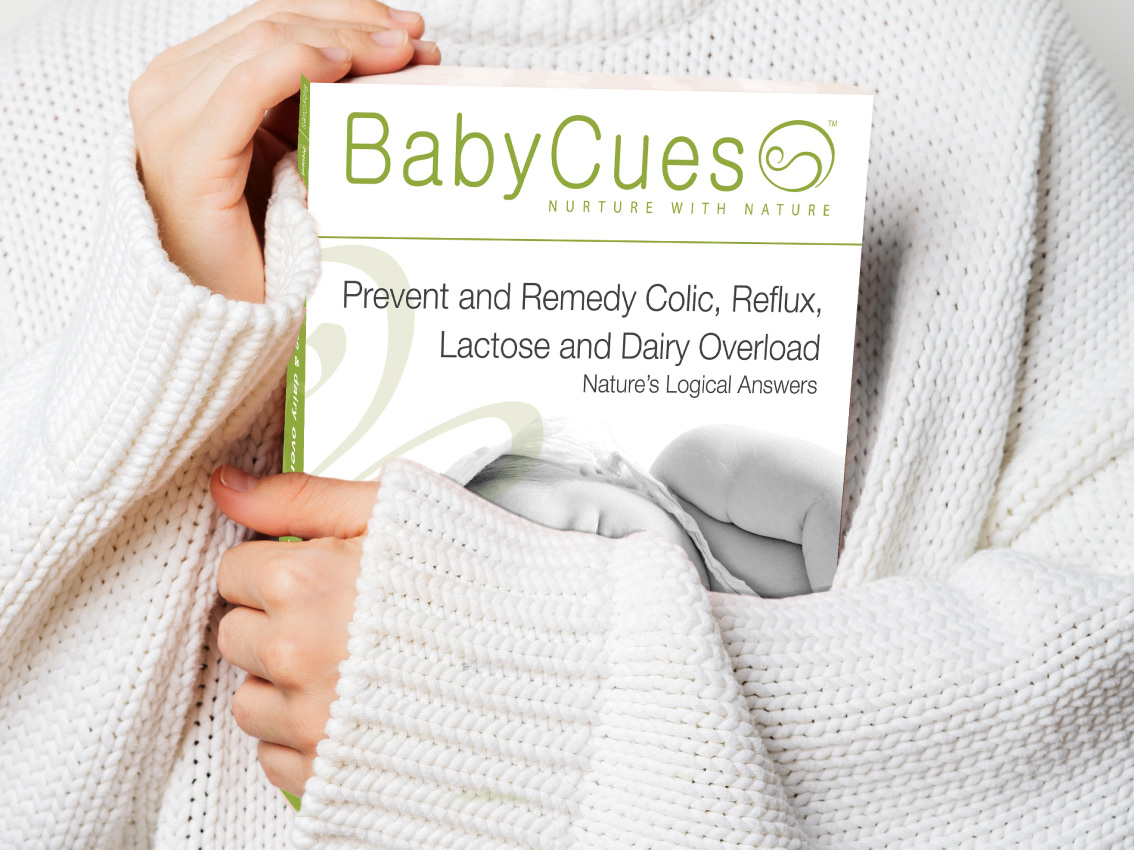How and when to treat reflux

Baby and infant reflux is truly a global epidemic of our time, and it continues to be projected to parents as something that cannot be healed, let alone by natural means. But guess what? The majority of children that have reflux (and colic for that matter) can be healed naturally. Thankfully, to heal reflux symptoms, they do not require the western medical pathway that is currently taught and prescribed worldwide by health professionals. Despite what you might read time and time on google, the detrimental effects of the band-aid potions that are marketed to parents as the ‘answer’ for reflux symptoms are widely unnecessary. These recommendations largely consist of:
- Gaviscon or similar
- H2 Blocker –acid reducers like Ranitidine
- Proton Pump Inhibitor – acid suppressors like Omeprazole, Esomeprazole, Losec,
- Milk thickeners
- Specialised formula
Saying that, there are a very small proportion of the newborn population that do require this medical pathway. However, at present, many newborns are being lumped into this minority group without real investigation, or even showing the symptoms required to warrant the above treatments.
It breaks my heart to see this diabolical mal-practice happening to our young time and time again, and sometimes the child is only one week old before they are popped on acid inhibitors, again with no investigations. Let alone given time to physically become accustomed to their new food and world. It’s greatly, greatly concerning that we have these situations happening on mass these days, and yet it is largely not challenged, or questioned because it generally comes from doctors and pediatricians that are meant to know, right.
Understandably parents think, ‘Who am I to question them.’ They are trained. They must know what is best. But in a great deal of cases the practitioner before you is receiving funding to push the medication that they prescribe – it is part of their business, and a simple fact. Or they are actually simply following the pathway that has been outlined to them on their computer. So I do urge you as parents to question them, and I hope the information below will inform you enough to know where to start with those questions, if needed.
The three kinds of reflux
There are three kinds of reflux that our children can have:
- Natural levels of reflux
- Gastroesophageal Reflux (GER or GOR) – or what I call Digestive Overload, the cause of this
- Gastroesophageal Reflux Disease (GERD or GORD)
So the question then of course becomes, how do you know which category your child belongs in? For this let’s define each kind of reflux, and what you can do about them.
Natural levels of reflux
All newborns naturally reflux to a certain degree. This generally happens straight after a feed, but can also naturally happen an hour or two after the feed, or even during sleep. Natural levels can be defined as:
- 1-4 tsps of milk may be released at one time
- the regurgitation of milk can happen numerous times after a feed
- the milk may look like milk still, be clear or curdled
- on the rare occasion you may smell acid, just like it happens for adults when we burp
- baby may be unsettled at times, but they can be soothed relatively easily in most incidences
- baby will release some burps but not the optimum amount of air because most parents are not taught that releasing 10-25 burps (age dependent) is needed to aid comfort and reduce ‘reflux’ symptoms.
- baby steadily gaining the ideal weight gain of 20-25 grams a day (0.7 to 0.8 ozs) and infants (6-12 months) 50-80 grams a week(1.7 to 2.11 ozs).
- they are having regular bowel motions - one every day to three days
- their stomach is not obviously distended
- they will arch, pedal their legs and cry in response to discomfort in the digestive tract now and then throughout a day, but not cry or scream for long periods with arching, pedaling and obvious cramping in the digestive tract
- the majority of their sleep times will be settled – a newly born baby will largely sleep for the ideal development stretches of 3 hours and being fed and burped for an hour, with sleep decreasing to 1 ½ to two hours three times a day as a 6 month old while sleeping for longer stints at night.
Treatment required
There isn’t any need for any medical intervention with this natural level of reflux. Yes, it may upset baby at times, and they may need the comfort of your arms to sleep from time to time but on the whole, they are content, sleeping well, feeding beautifully whether breast or bottle and passing bowel motions relatively easily. This kind of natural level can be obtained and maintained by implementing my Bio-logical Practices.
Gastroesophageal Reflux - Digestive Overload
Gastroesophageal Reflux (GER or GOR) is the type of reflux that is continuously, atrociously and unnecessarily has newborns and infants being funneled down the western medical pathway. Digestive Overload is the cause of this kind of reflux and it can be healed naturally.
Digestive Overload is a term I coined after reviewing many research papers on how a newborn’s digestive system functions, and combining this with my discovery of a baby’s Six-Wind-Cues, which is a universal set of cues that are created by a newborns digestive function. Now, for the purpose of keeping this article on topic, please feel free to click on the link 'Causes of reflux' if you’d like to learn more about the causes of Digestive Overload that create reflux, for now I’d like to simply define the difference between the other two kinds of reflux:
- 1- 8 tsps of milk may be released at one time
- the regurgitation of milk can happen numerous times after a feed
- the milk may look like milk still, be clear or curdled
- on the rare occasion you may smell acid, just like it happens for adults when we burp
- feeding may be unsettled
- baby will be unsettled at times. Possibly for long periods and not easily soothed.
- baby will release some burps but not the optimum amount of air because most parents are not taught that releasing 10-25 burps (age dependent) is needed to aid comfort and reduce ‘reflux’ symptoms.
- Many babies gain well over the recommended weight gain of 20-25 grams a day (0.7 to 0.8 ozs) and infants (6-12 months) 50-80 grams a week(1.7 to 2.11 ozs), but this isn’t always the case, they may also be gaining weight in a healthy manner, or slightly lower, and still have Digestive Overload.
- they will either be having numerous bowel motions a day (4 or more) or be constipated (not having a bowel motion within three days) as the digestive organs slow down as they try to cope with components of the milk and/or food that they are not meant to.
- Their bowel motions may have white globules in them, be green at times or always, and have mucous.
- their stomach will most likely be distended
- they will arch backwards and pedal their legs a lot throughout the day
- newborns will cry and possibly scream in a way that is difficult to settle, for long periods of time (beyond half an hour at any given time in 24 hours)
- they tend to not like being laid down
- generally only sleep well on someone or with constant movement
- the majority of their sleep times will be unsettled and/or short (10-45 minutes, with 45 minutes not being normal despite what is taught) with longer periods of sleep happening out of exhaustion.
Treatment Required
In basic terms, the child’s input and output needs to be investigated to define their individual causes, which then allows a treatment plan that will naturally re-balance the digestive function, taking it back to natural processes, inclusive of capacities and capabilities. Aspects investigated include, but are not restricted to:
- feeding – ability to feed well, supply and let down when breastfeeding, frequency of feeds, breastfeeding diet, formula choice and more
- air retention – how many burps are being released after each feed, diet and more
- diagnosis of tongue and lip ties
- holistic remedies or medication being used
This is the level of reflux that I have been healing naturally now for years so if any of the symptoms listed are familiar to you and your baby, and you’d like to learn more about how to help them, then I do have a self-help parent book available both in eBook and Paperback for the ages of 0-6 months. If you have an infant with Digestive Overload that has started solids, then my self-help parenting book called BabyCues Bio-logical Weaning Guide is the best option for you. I also offer online consultations anywhere in the world. So, now onward to the third kind of reflux.
Gastroesophageal Reflux Disease – GERD or GORD
If your baby is bringing up the majority of their milk after every feed, and experiencing weight loss or poor weight gain, then they may have GERD. GERD is characterized by symptoms and/or tissue damage that results from repeated or prolonged exposure of the lining of the esophagus to acidic contents from the stomach and occurs when the lower esophageal sphincter (LES) does not seal off the esophagus from the stomach.3 This condition is actually rare.
Treatment Required
It more than likely requires medical assistance, and you need to talk to your doctor or pediatrician. However, using the methods of Bio-logical Practice can still help baby to feel more comfortable when they have GERD by re-balancing the causes that are contributing to Digestive Overload, while undergoing the medical interventions.





